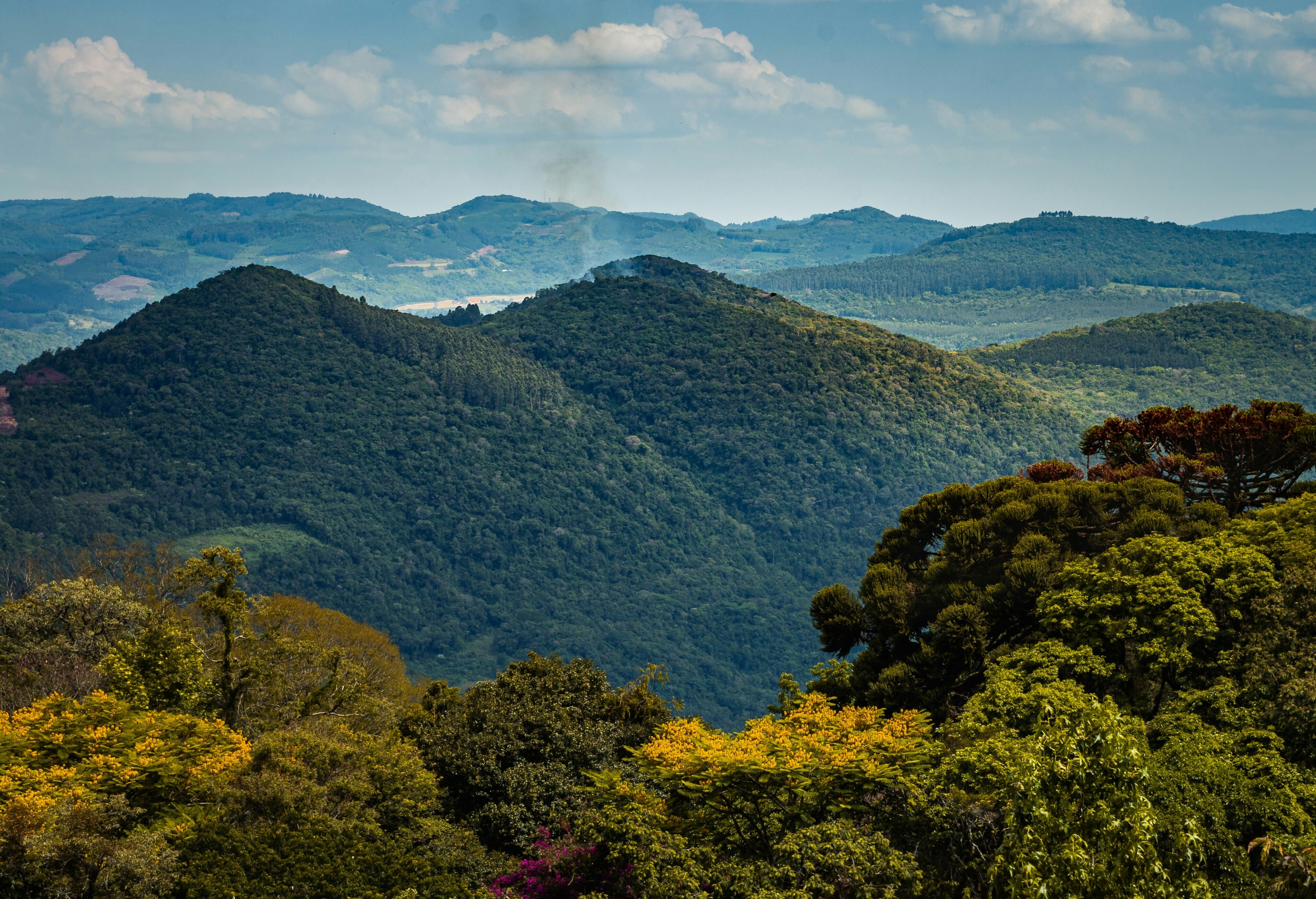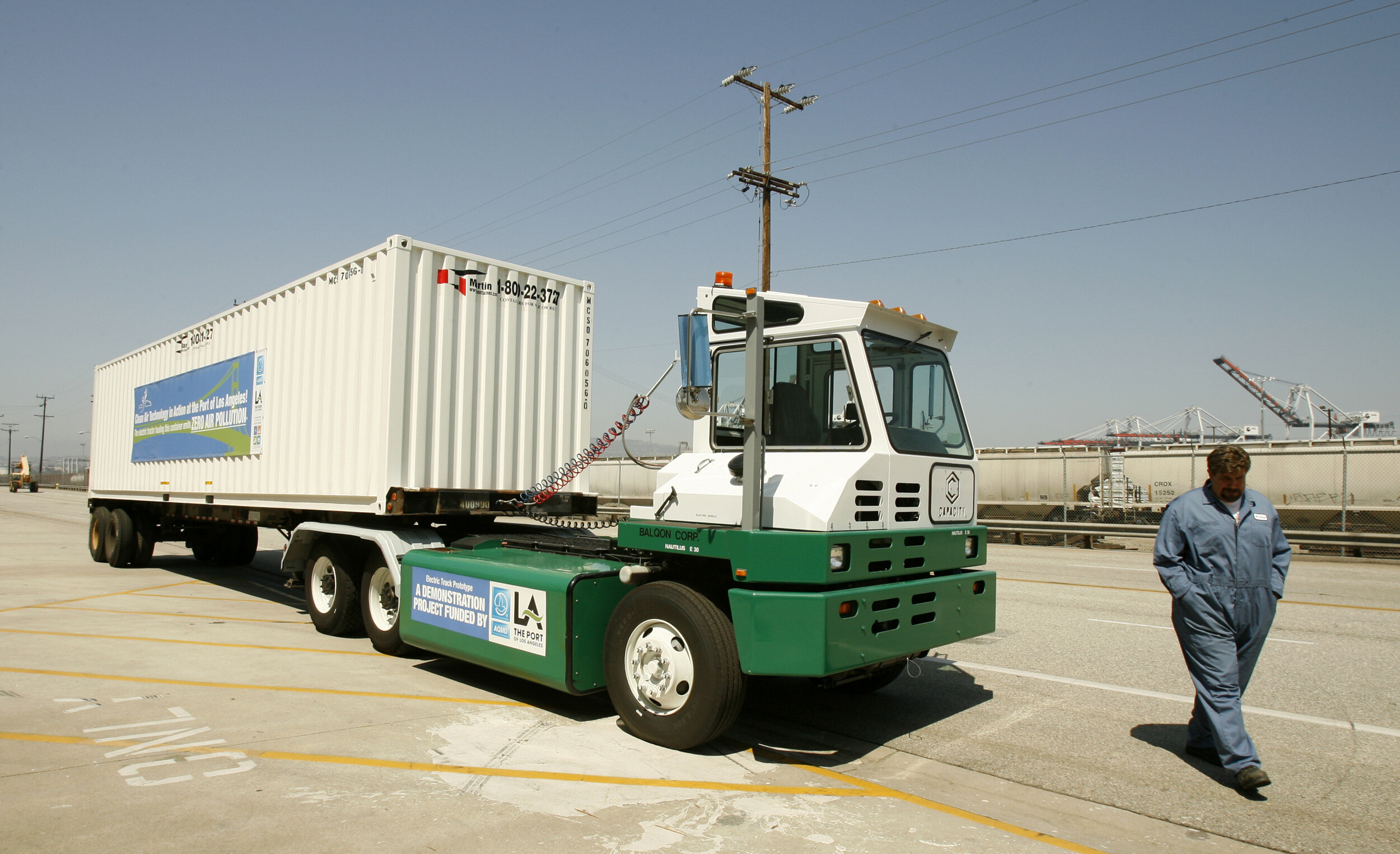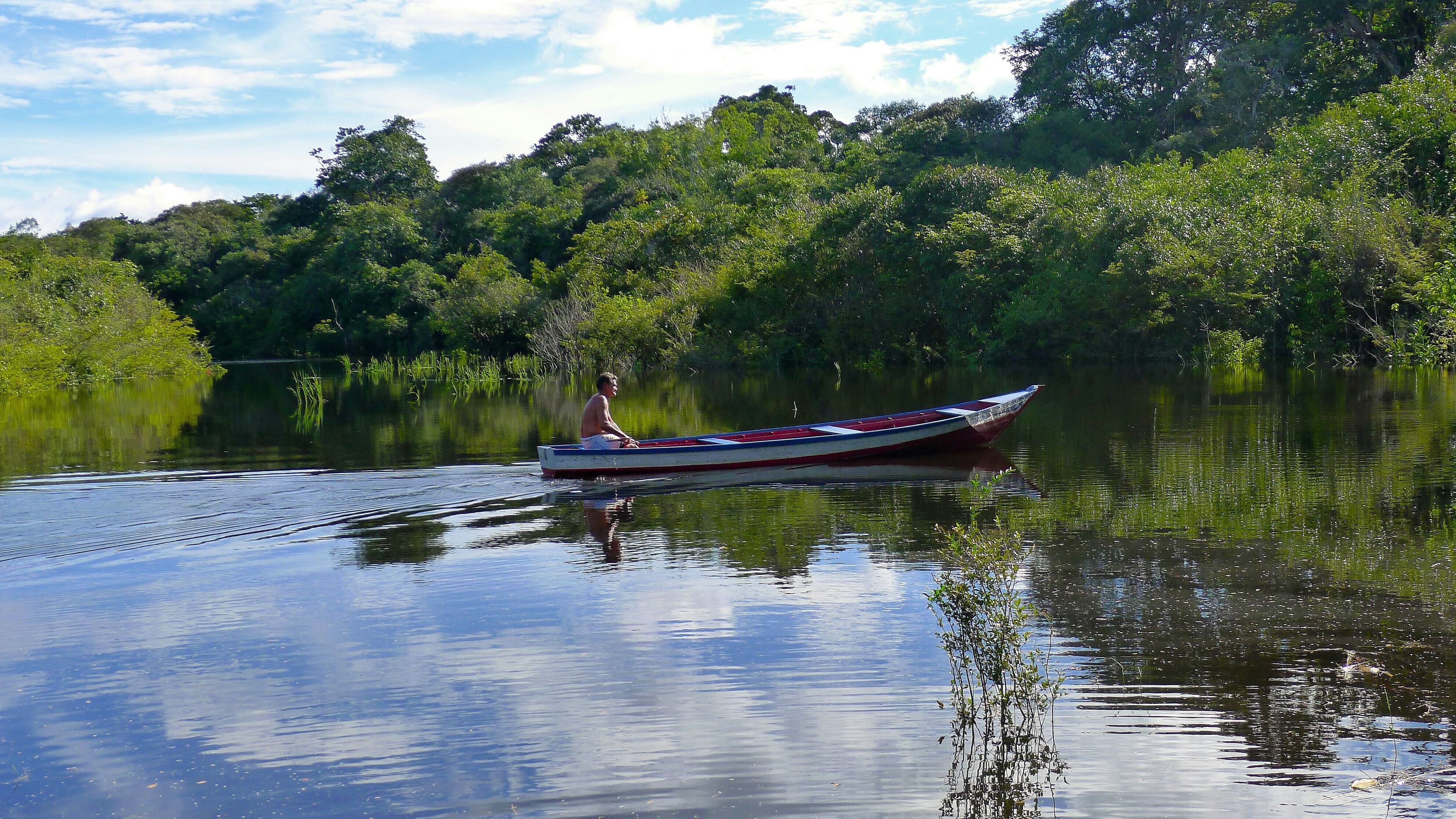Could the digital revolution save the Amazon?

Image: REUTERS/Ricardo Moraes
For a long time now, humans have drawn on the Amazon and its tremendous biodiversity – countless living organisms, plants, animals and insects – for raw materials and commodities. We have done it in the most unsustainable way possible, and unless we change course, the damage will be irreversible.
But the Fourth Industrial Revolution – which includes technological developments such as genomics, gene editing, synthetic biology, nanotechnologies, artificial intelligence, robotics, the internet of things and blockchain – could be the solution we need.
This unsustainable model of development, in place for the past 50 years, has been based on drastic land use changes, leading to high deforestation rates and more frequent forest fires. These human drivers of change, along with global warming, are already causing longer dry periods and increasing the number of climate extremes. The result may be an irreversible process of forest dieback.
Our climate models predict that up to 60% of the Amazon forest could be replaced by impoverished savannas or drier seasonal forests much poorer in biodiversity and carbon storage. In sum, the tipping point of no return for the survival of the largest tropical forest could be around the corner and the consequences will be catastrophic for Brazil, South America and the planet. If warming in the Amazon exceeds 4°C or more than 40% of the total forest area is lost to deforestation, a tipping point will be reached and forest dieback may become irreversible.
On top of this risk to the tropical forest, if we are to meet the climate commitments made in Paris last year, we need to decarbonize the world’s economy, which has implications for low carbon and sustainable agriculture and zero deforestation of forests worldwide.
The recent reduction of the Amazon's deforestation – with remarkable 80% cut in Brazilian Amazon deforestation rates in the past 10 years – opens up a window of opportunity for a radical rethink of the current economic model of development in the Amazon. We argue for a new development paradigm – away from only attempting to reconcile maximizing conservation versus intensification of traditional agriculture and expansion of hydropower capacity and of mineral operations – in which we research, develop and scale a new high-tech innovative approach to see the Amazon as a global public good of biological and biomimetic assets that can enable the creation of innovative high-value products, services and platforms. The way to do this is through the Fourth Industrial Revolution.
This in essence is what we argue in the article that we have just published in Proceedings of the National Academy of Sciences. The study points out the catastrophic risks of forest dieback, but also proposes an ambitious innovation plan for averting catastrophe. We argue that this novel sustainable development paradigm must respect the traditional knowledge of indigenous populations and their development, for it must be socially inclusive, both as foundations for innovation models for the future of the forest.
_____________________________________________________________________
Have you read?
Is Brazil on track to reduce its deforestation rates?
Lessons on forests from Brazil to Ethiopia and Mozambique
Deforestation is one of the greatest challenges facing humanity - here’s one way to stop it
_____________________________________________________________________
We reason that, in the short term, it is quite feasible to use low-complexity technologies to develop biodiversity-based, high value-added products, capable of reaching global markets, with unique differential/qualities. This could, for example, be the case for the alkaloid spilanthol, found in leaves, branches and flowers of the jambu – a brush commonly present in Amazonian backyards and used in regional cuisine – already patented for use as in anesthetic, antiseptic, anti-wrinkle cream, toothpaste, anti-inflammatory drugs and in gynecological applications. Another example comes from the copaíba oil, found throughout the Amazon, which can be used in cosmetics and pharmaceutical products.
Over the medium and long term, we envision a vast suite of high-tech innovations arising from the forest. In our article, we discuss a plethora of innovations emulating from the natural forest forms, processes, molecules, materials and ecosystems, all capable of inspiring innovations of value for an array of high end bio-industries in Brazil and elsewhere. Science is making rapid progress in understanding how things are created in nature, and how organisms feel their environment through the use of sophisticated sensing systems, how they interpret that information, how they move in their environment based on biomechanical and kinematic principles, and how they behave and function, processes that took millions of years to evolve. In addition, there is significant potential to learn from the Amazon for biomimicry-enabled nanoscience, reproducing complex biological systems to tackle problems on a nanomolecular scale, environmental technologies, bio-inspired textile structures, in energy production, and in behavioural and cognition-artificial intelligence robotic applications, which are in the early phase of the innovation cycle.
Biomimetics can also provide innovative pathways to reach highly effective revolutionary innovations for energy production. There is a species of Tungara frog that creates a long-lasting foam that has inspired new energy-generating technologies and new technologies for carbon dioxide capture. There are also plants that are influencing the development of new solar cells, potentially generating cheaper solutions in comparison to silicon-based photovoltaics solar cells.
System-level change in the Amazon, of the type proposed by the World Economic Forum, cannot be executed single-handedly. On the contrary, we are proposing a large-scale, multi-year collaborative multi-effort involving leading public, private, academic and philanthropic actors, uniting the best capabilities of R&D centres, universities, technology start-ups and visionary companies all over the world. If successful, this new development model can be applied to all tropical regions, helping to preserve Earth’s great biological diversity.
Don't miss any update on this topic
Create a free account and access your personalized content collection with our latest publications and analyses.
License and Republishing
World Economic Forum articles may be republished in accordance with the Creative Commons Attribution-NonCommercial-NoDerivatives 4.0 International Public License, and in accordance with our Terms of Use.
The views expressed in this article are those of the author alone and not the World Economic Forum.
Stay up to date:
Future of the Environment
Forum Stories newsletter
Bringing you weekly curated insights and analysis on the global issues that matter.
More on Climate Action and Waste Reduction See all
Laia Barbarà, Christin Martens and Nasim Pour
November 21, 2025







